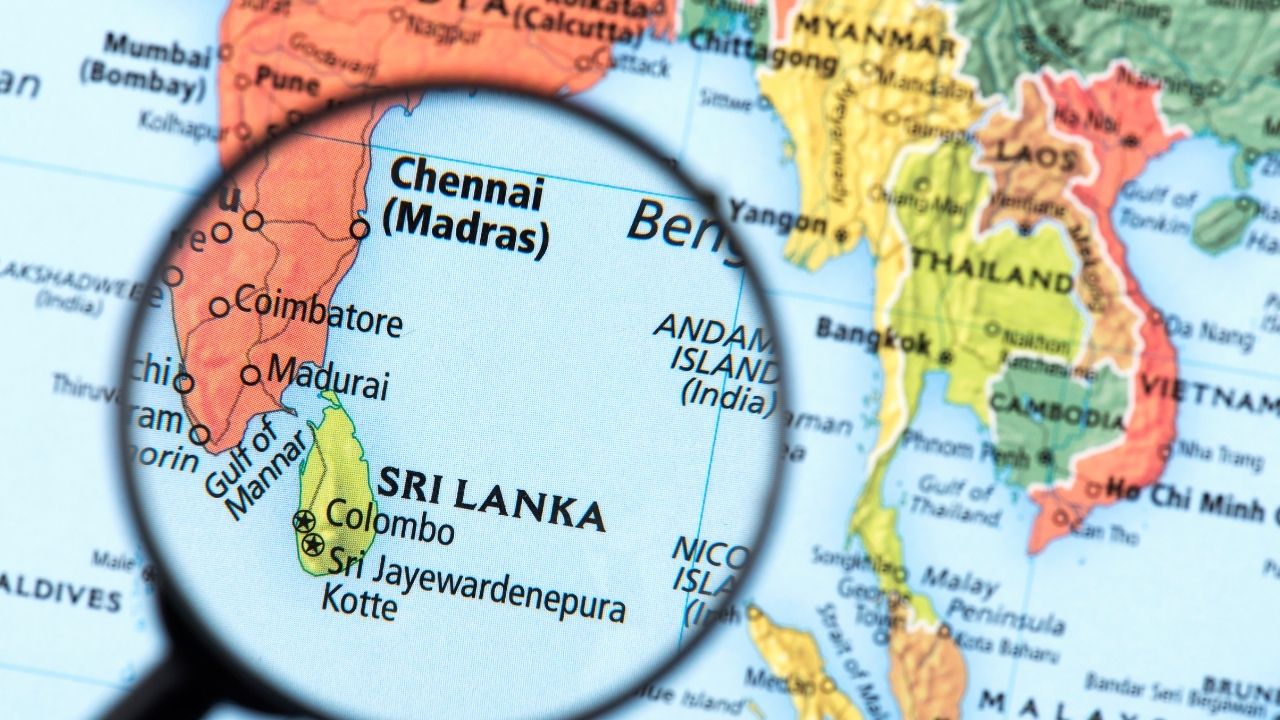Date first published: 14/04/2022
Key sectors: all
Key risks: economic risks; political stability; civil unrest
Risk development
On 13 April the Ministry of Finance suspended all payments on external debt in order to pay for essential goods amid a deepening economic crisis. The statement, which was a complete contrast to the January assurance that the government will fulfil all coupon payments, came only two days after tens of thousands of people called for the resignation of President Gotabaya Rajapaksa in the latest rally.
The ongoing economic crisis has also triggered a fresh wave of political instability, jeopardising the Rajapaksa family’s increasing consolidation of power. The entire Sri Lankan Cabinet, with the exception to Prime Minister Mahinda Rajapaksa, resigned on 4 April, while 42 lawmakers defected from the ruling coalition on 5 April, depriving President Rajapaksa of a parliament majority.
Why it matters
Sri Lanka’s worst economic crisis since gaining independence in 1948 risks further political turmoil and civil unrest.
The finance ministry’s announcement on 13 April effectively declares that the country is set to default on its US$51bln external obligations, triggering a likely prolonged process of debt restructuring. While Colombo is in negotiations with the IMF for a bailout package, which should be able to help meet its debt obligations, the heightened risk of political instability poses a key challenge to the negotiations. Furthermore, the government’s unwillingness to carry out economic reforms, likely set out as part of an IMF program, could be another barrier, which also helps to explain why it is opting to seek help from China and India due to different conditions from the ones advocated by the IMF.
The crisis also risks prolonged political instability and tensions which in turn would further push the country toward more economic uncertainty in a vicious cycle. Meanwhile, mass rallies demanding President Rajapaksa’s resignation have gained traction since March, particularly among a sizeable population of youth. While demonstrations have been largely peaceful, a number of clashes between the protesters and the police have been recorded in the capital Colombo. Hundreds have been arrested thus far, while security forces have sustained minor material damages.
Background
The economic crisis first emerged in January when President Rajapaksa sought to restructure the country’s US$5bln Chinese loans as the country faced severe debt stress, with foreign exchange reserves dwindling to about US$1.6bln. As a net commodity importer, the depleted foreign reserves, exacerbated by a faltering tourism sector, along with high debt obligations have hindered the country’s ability to import essential goods such as fuel, food and medicines. Thousands of people took to the streets as Sri Lankans across the social spectrum struggled to afford basic needs, which have skyrocketed in price.
Risk outlook
The situation in Sri Lanka is volatile and could change rapidly on short notice.. Anti-government protests could well escalate as acute shortages are highly unlikely to abate in the coming days or weeks. Although protests have continued for over a month, the government has taken few actions to respond. Rallies that erupted in traditional strongholds for President Rajapaksa revealed that many of the same voters that enabled his landslide presidential victory in 2019 were calling for resignations of both Rajapaksas. The widespread backlash appears poised to reconfigure the country’s political landscape that has been dominated by the Rajapaksa family for over a decade. While emergency funds from IMF are likely in the coming weeks as negotiations are set to start on 18 April, structural reforms are needed to stabilise the economy.



